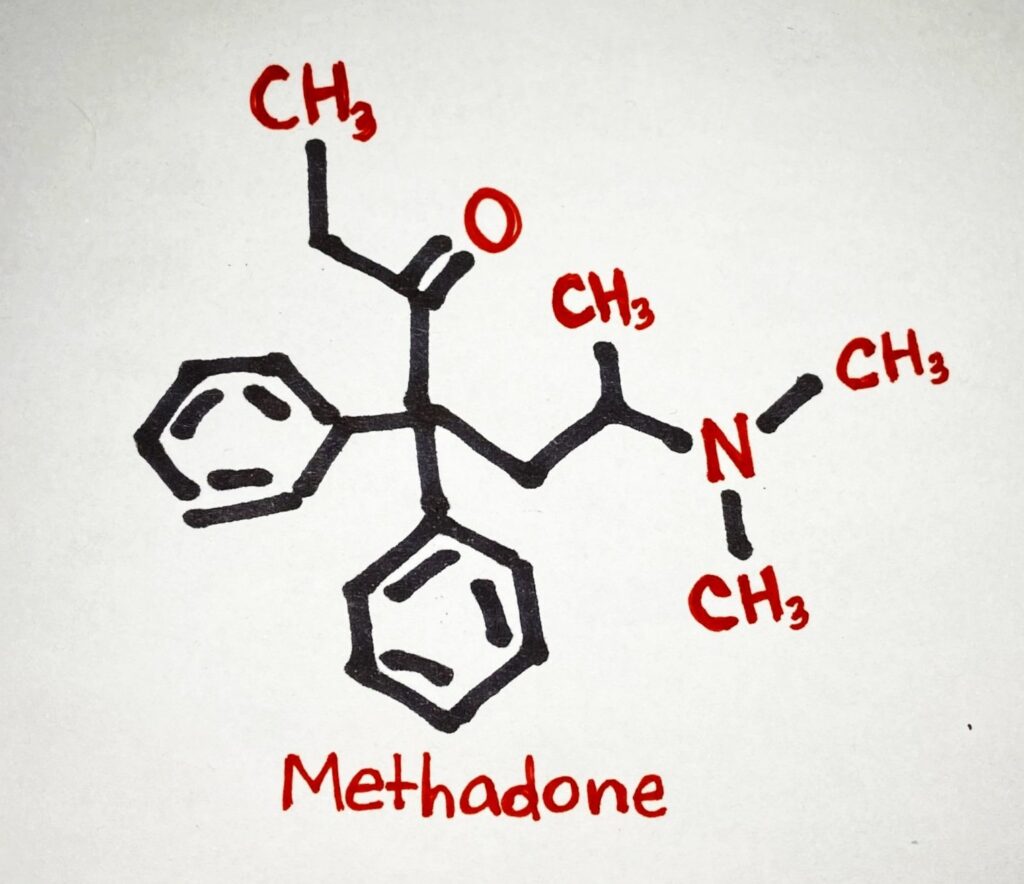WORKING PAPER: Conservation in the 113th Congress
With no major storm events and few environmental catastrophes in the United States in 2013 or thus far in 2014, it’s been easy for policymakers to lose a sense of urgency for legislation that protects America’s resources against the threats of hurricanes, environmental degradation and climate change. Indeed, last year served as a reminder that the doomsday threats from environmentalists are sometimes overblown, and that costly environmental protection programs should be weighed carefully against alternate uses for scarce taxpayer resources, particularly in rough economic times.
But not all pro-environmental legislation is costly, and in fact, some of the best environmental protections Congress could support would save money. The reason is simple – many federal programs currently stimulate environmental destruction by subsidizing development in risky and environmentally sensitive areas. Whether it’s subsidies to farm on marginal lands or to build in flood plains, the federal government does more than its fair share of environmental damage through the tacit approval subsidies provide to farmers, homeowners and business owners seeking to live and work in areas best left undeveloped.
In an age of tough budgets, sequester deals, and government shutdowns, finding savings by reducing harmful subsidies should be an appealing path. But on that front, the 113th Congress has been a failure. Only one bill that includes these types of protection has made it through to the president’s desk, and numerous attempts were made to undo other landmark bills that did realize savings from conservation. Three notable policies have come under attack – first, conservation compliance in the 2013 Farm Bill; second, the Coastal Barrier Resources Act; and third, reforms to the National Flood Insurance Program passed as part of the Biggert-Waters Flood Insurance Reform and Modernization Act of 2012.









